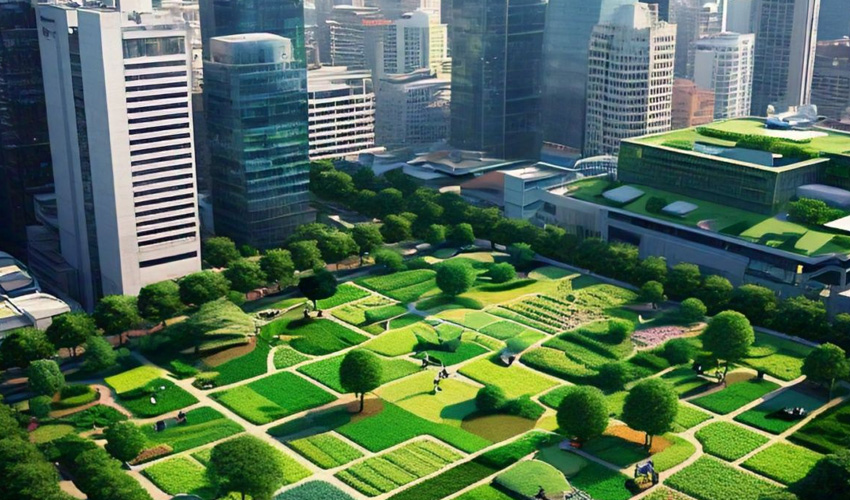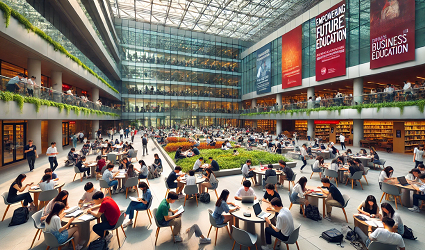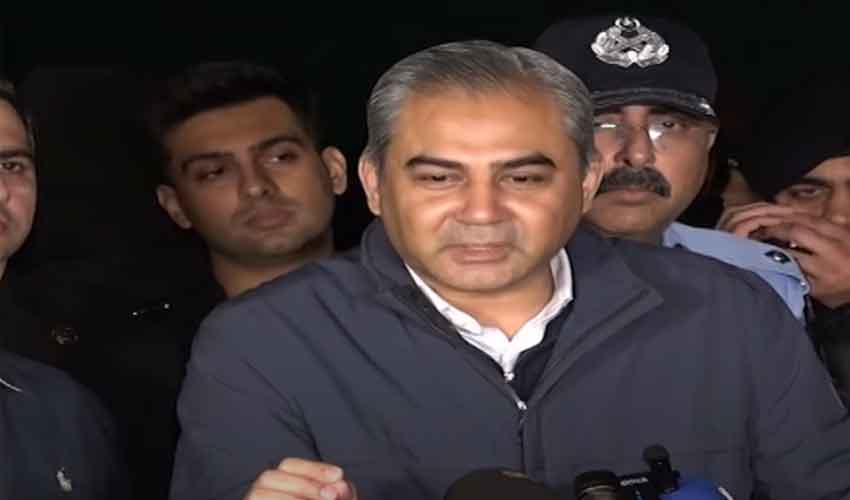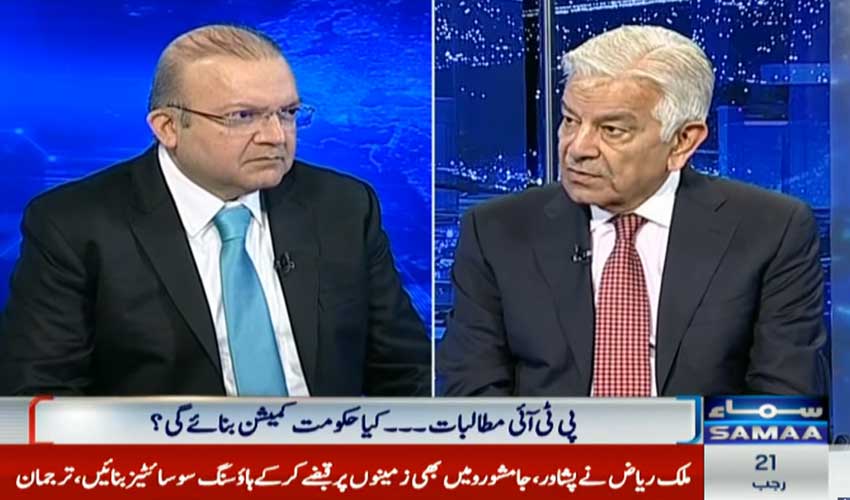In the midst of lush green, scenic fields of Narowal’s Khokhar village stands tall the mighty Noor Masjid as an architectural marvel. With its design inspired by the Masjid-e-Nabawi (PBUH), this awe-inspiring structure is touted as the eight most beautiful mosque in Pakistan.
It was built in 2016 by Lt. Gen. (retd) Israr Ahmed Ghumman as a tribute to his love and respect for spiritual Sufi guide Pir Nusrat Naqshbandi, whose shrine is located just adjacent to the mosque. Pir Naqshbandi was born on January 1, 1942 in this very village of Narowal and died on December 21, 2005 in Taxila.
Such is the allure and reverence for this mosque that people from far-off villages and towns say their prayers regularly, while it also serves as a major religious tourist attraction for visitors from across the country. Masjid Noor also holds the distinction of hosting the biggest Eid prayers in all of Narowal.
The architecture of this one-acre pristine white mosque complex is nothing short of is a stunning wonder. Its bright, colorful glasswork is a testament to the craftsmen's hard work, while its elegant interiors are adorned with exquisite, sparkly chandeliers.
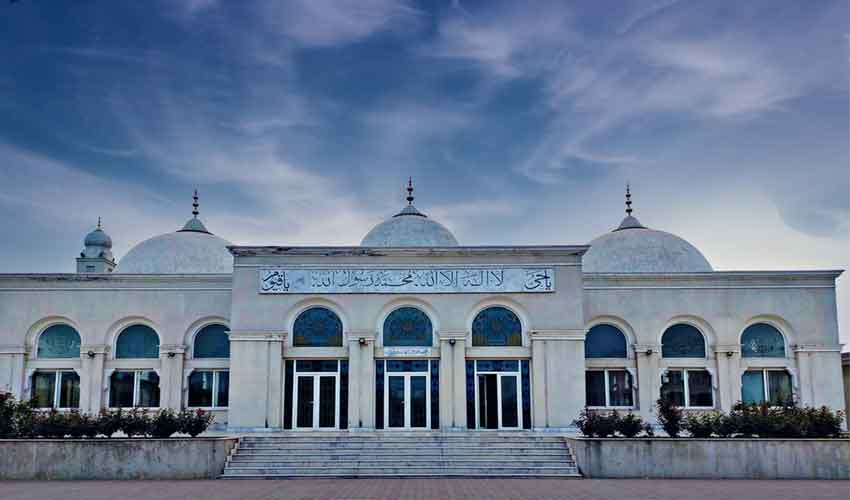
The 30-foot-tall mosque is constructed with marble and other valuable stones, while its arches are proof of the remarkable artistry that went into it, making it a worth-seeing landmark of Narowal city.
Noor Masjid has the capacity to accommodate approximately 2,500 people at a time, attracting visitors from all over Pakistan, stunned at its beauty. The mosque also features a large ablution room that can simultaneously house up to 35 people. It is also surrounded by a refreshing garden planed with several varieties of fruit trees.
The gated mosque premises also includes a library containing more than 10,000 Islamic books, benefitting several local students. In addition, a public dispensary inside offers several therapeutic services to local residents.
Guests from other cities and the mosque staff have the facility of staying at a shelter built in the mosque complex, while promoting a sense of community, a langar is served every evening. Locals and travellers are equally in awe of this grand mosque that they especially come to visit to seek peace and calm and also see first-hand what makes it so appealing.
Locals also feel the mosque has once again put the area on the map, as it has long been neglected.
Iqbal Ahmed has been travelling 10km from his home for almost five years to offer Friday prayers at Noor Mosque every week. “The azaan in the voice of the muezzin cools my heart and bowls me over, which is why I visit it every Friday.”
Student Omar Khan says every morning after the Fajr prayers, he sits in the courtyard the mosque, reciting the holy Quran. While the holy book soothes his heart, he says, the surrounding green fields fill him with tranquility. “Whoever visits Narowal must visit Masjid Noor at least once,” he suggests.
Kartarpur Corridor
Narowal also holds the distinction of being known globally for hosting the Kartarpur Corridor in Shakargarh tehsil of the district – a visa-free border crossing and region between India and Pakistan. It was launched in November 2019 by the then prime minister Imran Khan, fulfilling a longstanding demand of Indian Sikhs to facilitate them to visit their sacred site, Gurdwara Darbar Sahib, located in the area free of any visa requirements.
The gurdwara is located on the right bank of the Ravi River, where the founder of Sikhism, Baba Guru Nanak, is said to have spent his last years.
According to an agreement between Pakistan and India, 5,000 Sikh yatris were permitted to visit the gurdwara each day via the corridor.
A city possessing rich culture
According to a legend, the town of Narowal was founded by one Baba Naro Bajwa 900 years ago. The town was, then surrounded by 22 villages inhabited by the Jat clan only, known as Bajwa. Syed Habib Shah’s son, Inayat Ullah Shah, assisted Naro in the development and establishment of the town.
Narowal was first a municipality of Raya Khas tehsil in Sialkot district during the British rule. Two tehsils, Narowal and Shakargarh, were separated from Sialkot district in 1991 to form Narowal district.
The writer is a student of BS Communication and Media Research from the University of the Punjab, Lahore.











